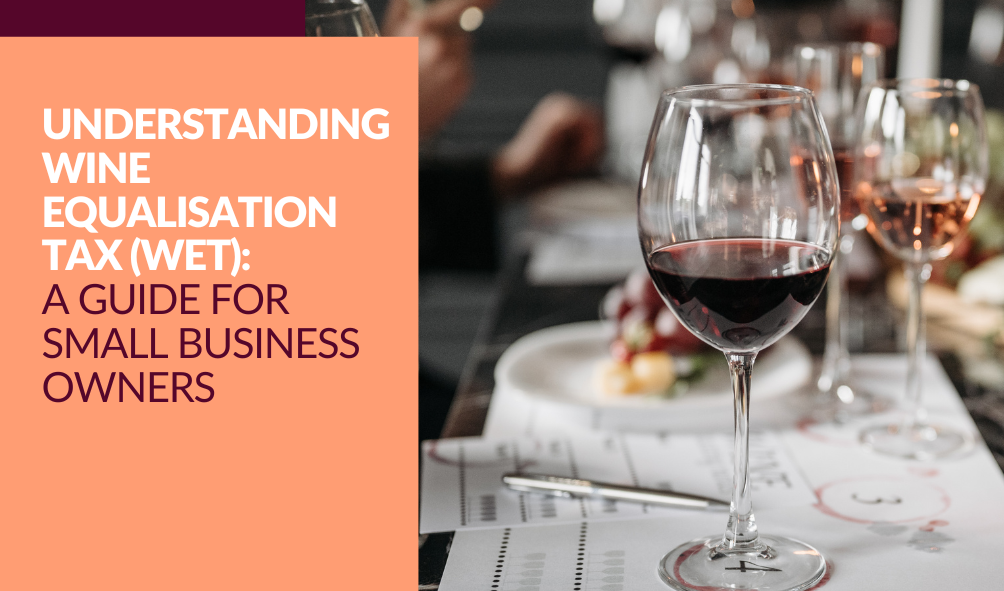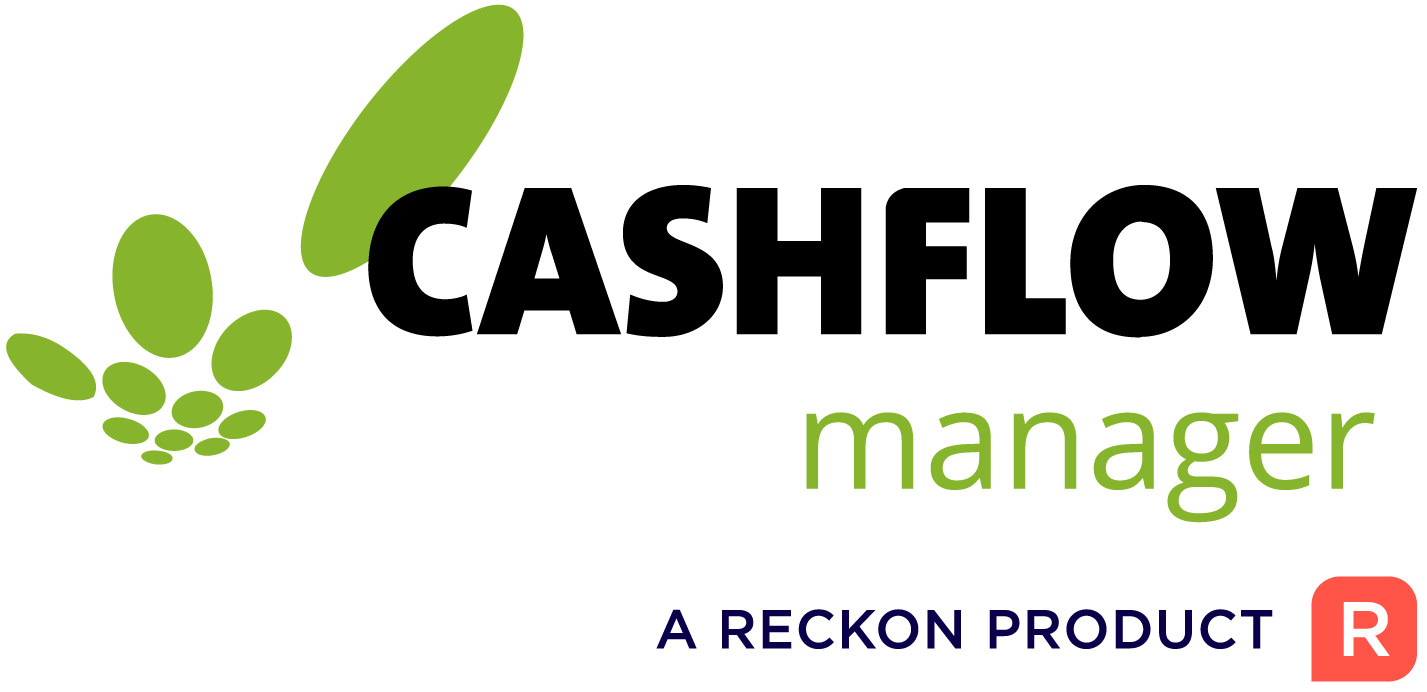
Whether you’re running a family-owned vineyard, crafting small-batch wines, or managing a boutique wine distributor, understanding Wine Equalisation Tax (WET) is essential to keeping your business compliant and profitable.
This guide breaks it down into manageable steps and provides practical advice for managing WET efficiently using Cashflow Manager.
What is Wine Equalisation Tax (WET)?
The Wine Equalisation Tax is a 29% tax applied to the wholesale value of wine in Australia. It’s designed to ensure fair taxation within the wine industry and is imposed on the final wholesale sale.
What qualifies as “wine”?
The WET applies to:
- Grape wine
- Grape wine products
- Other fruit or vegetable wines
- Cider and Perry
- Mead and sake
If a sale doesn’t occur at wholesale, alternative valuation methods are used to calculate the tax.
Who Pays WET?
WET affects wine producers, wholesalers, and importers. Retailers don’t pay WET directly, as it’s already included in the price they pay their suppliers.
Reporting WET
Businesses must report WET through the Business Activity Statement (BAS):
- 1C: Wine Equalisation Tax Payable
- 1D: Wine Equalisation Tax Refundable
WET has no connection to GST calculations, so ensure these figures are recorded separately.
Managing WET with Cashflow Manager
While Cashflow Manager doesn’t automate WET calculations, it provides an organised framework to help you manage the tax efficiently.
Setting Up for WET in Cashflow Manager:
- Add a GST Column: Create a column in the Receipts section called “WET Payable.”
- Record Transactions: Input the WET portion of each transaction manually in this column.
- Maintain Accuracy: Double-check calculations to ensure compliance with ATO requirements.
Instructions when applying in Cashflow Manager: WET- Wine Equalisation Tax Explained
Key Considerations for WET
Producer Rebate Scheme
Wine producers can claim a rebate of up to $350,000 annually on domestic sales. This incentive helps reduce the tax burden for eligible businesses.
Latest on WET
Like all industries, regulations change over time to match the economy, here are two examples of historical changes in WET:
- The rebate cap was reduced from $500,000 to $350,000 in 2018.
- Eligibility criteria have been tightened to ensure fair access.
Common Challenges with WET
- Complex Calculations: WET calculations can be tricky, especially when sales aren’t at wholesale.
- Record Accuracy: Missing or incorrect data can lead to compliance issues.
- Integration with BAS: Misreporting WET on BAS can result in penalties.
Solution: Maintaining clear, organised records and following a consistent system is essential.
Cashflow Manager’s straightforward structure helps you stay on track.
Pro Tips for Managing WET
- Reconcile Weekly: Regularly review your WET entries to ensure accuracy.
- Use Resources: Refer to the ATO’s WET guidelines for detailed instructions.
- Plan Ahead: Prepare for BAS deadlines to avoid last-minute stress.
Final Thoughts
Navigating WET doesn’t have to be overwhelming. Start with the fundamentals, keeping accurate records, and leveraging tools like Cashflow Manager, you can ensure compliance while focusing on growing your business.
For more guidance on managing WET and other tax obligations, explore the Cashflow Manager Knowledge Base.
“Cashflow Manager is simple… anybody can operate it. Adjustable for any business, with easy reporting.”
– Micheal Osborne, McMahon Osborne Consulting
Make managing your wine business tax obligations as seamless as possible. Stay compliant, stay informed, and let your business thrive.
Simplify bookkeeping and tax report today
Try Cashflow Manager's 30-Day FREE Trial.
Disclaimer:
This blog post is intended for general informational purposes only and does not constitute professional tax advice. It's essential to consult with a registered tax agent or qualified financial advisor for personalised guidance tailored to your specific circumstances.


